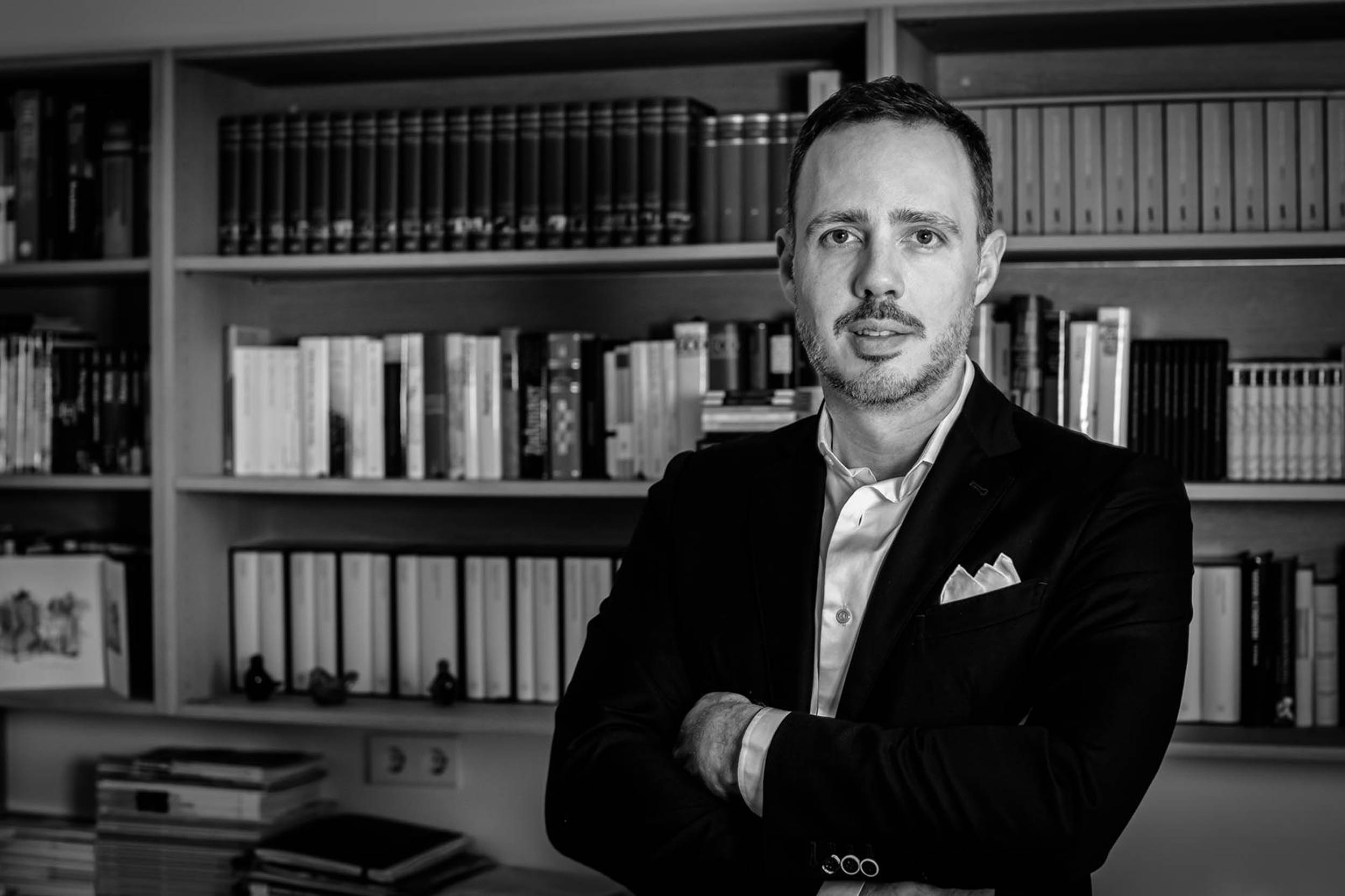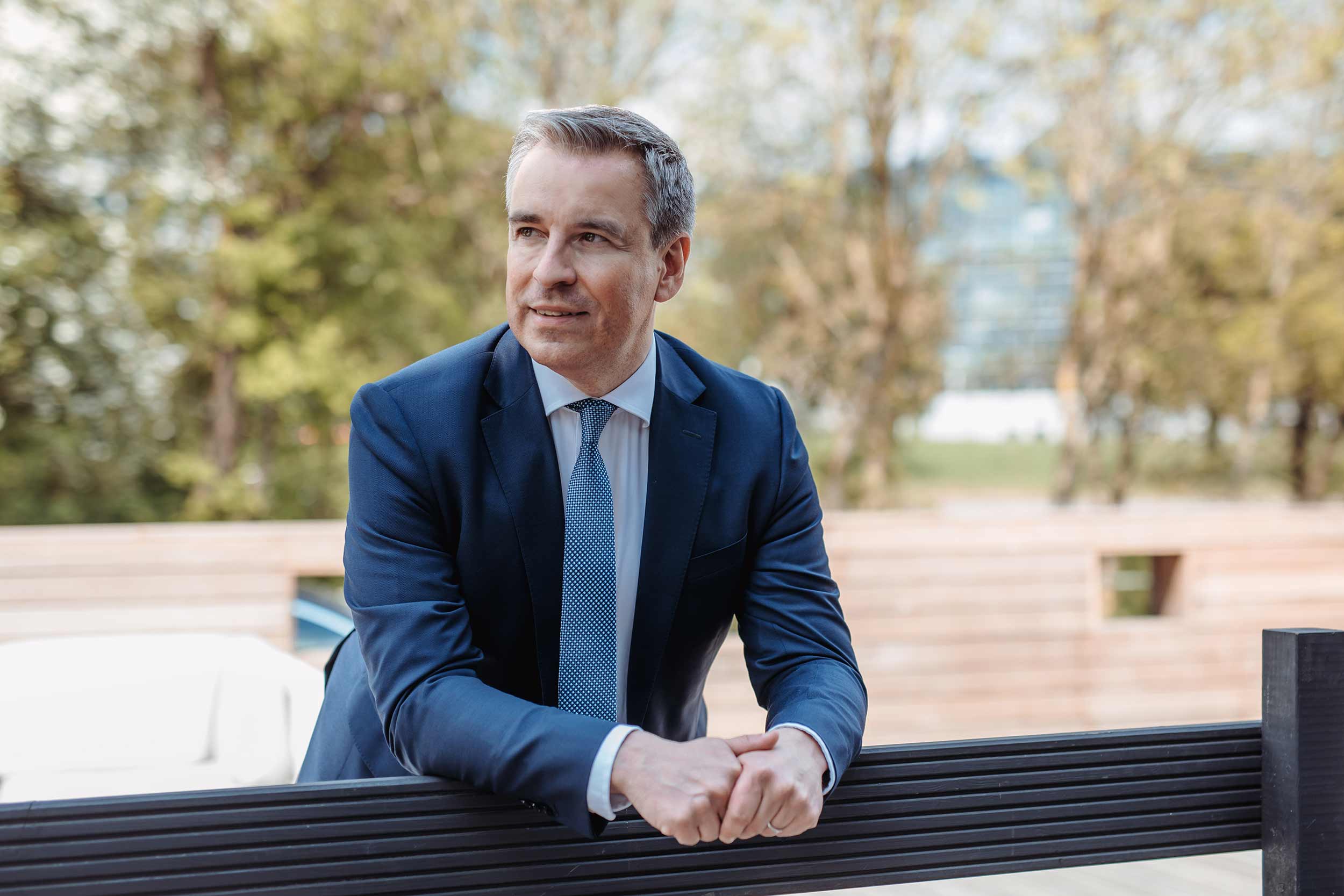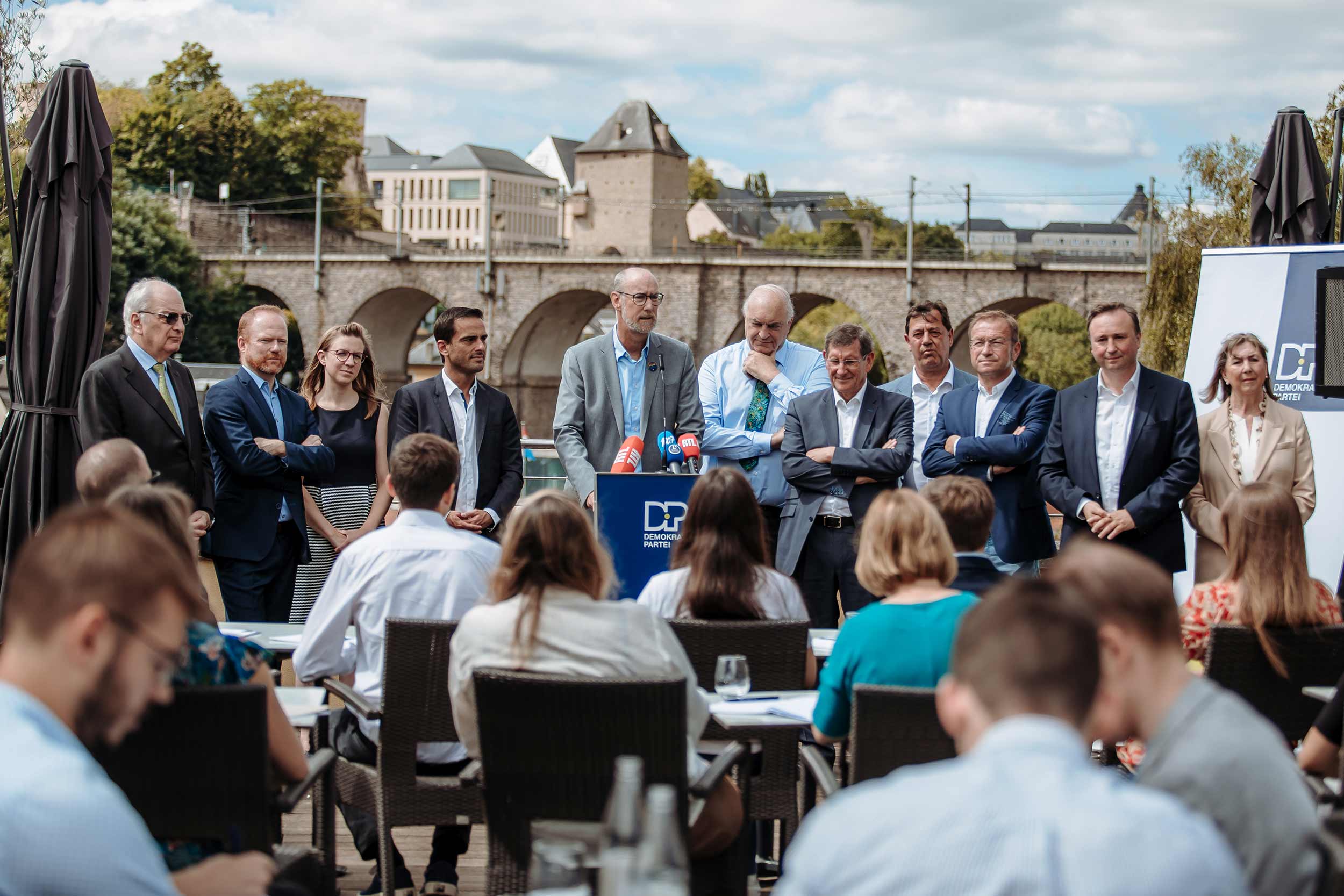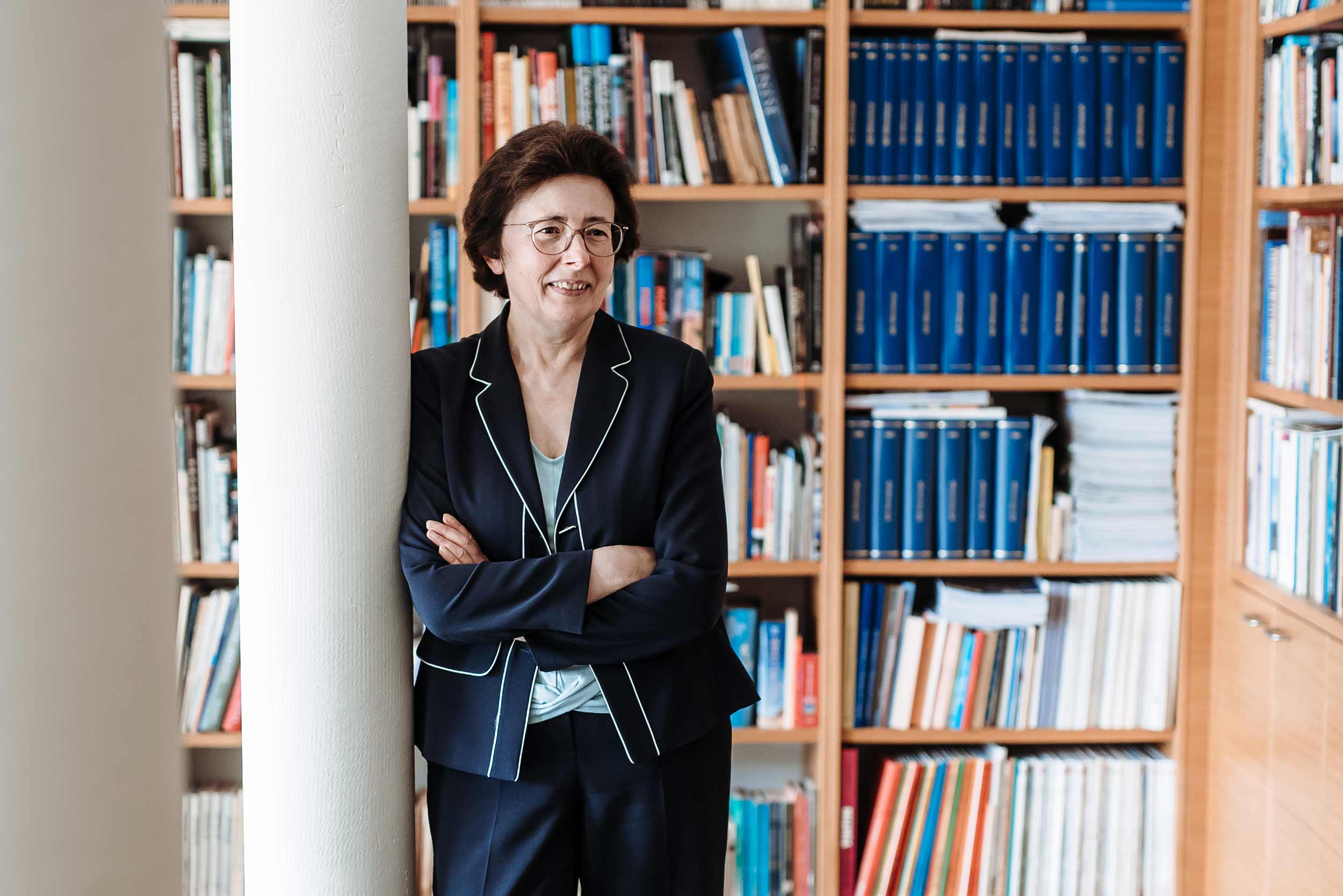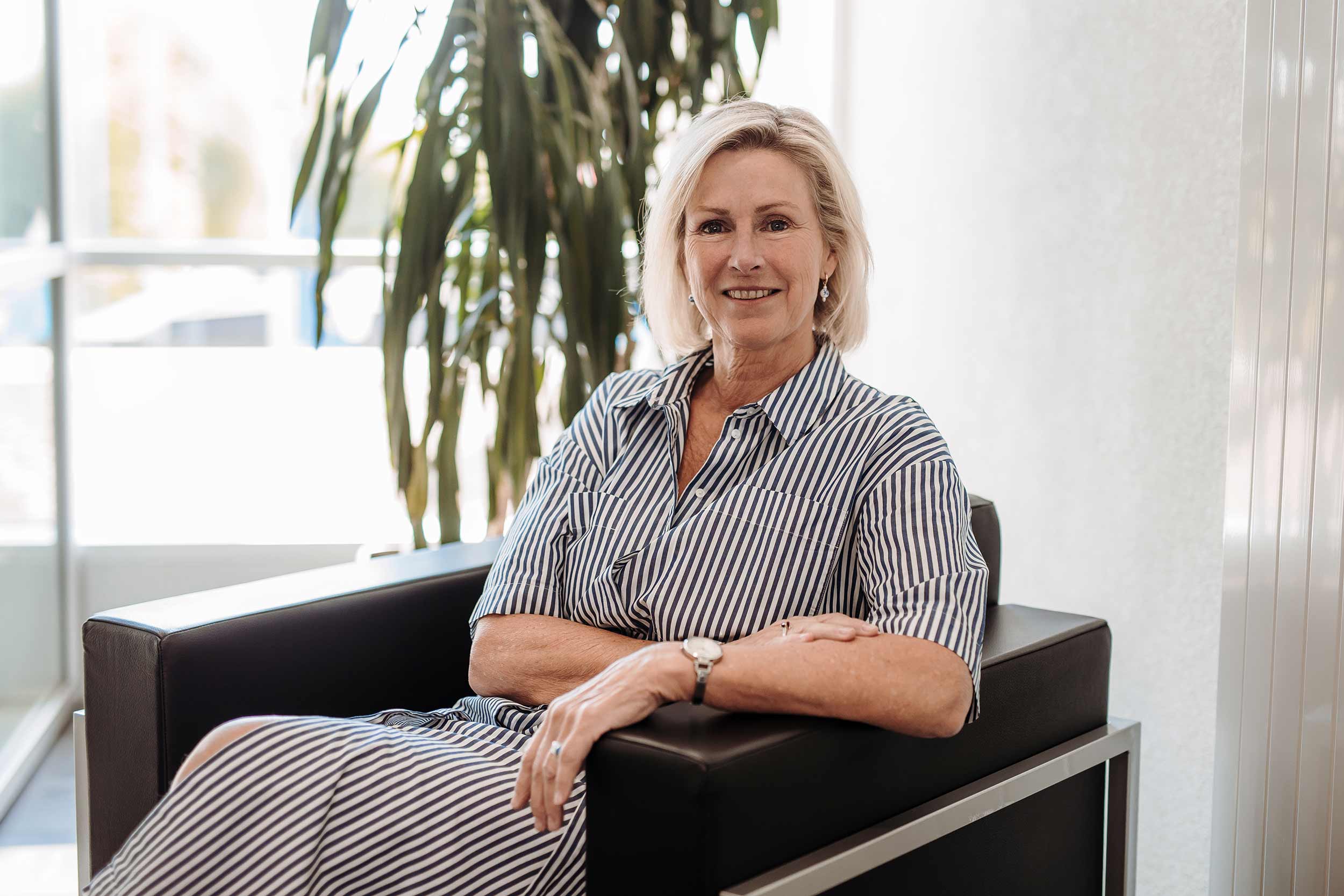Since March our country has had to face the challenges of the Covid pandemic, and our health care system is under a lot of pressure. The crisis has shown however that on all levels of our society, there is a high readiness to show solidarity, and that society can adapt quickly to existential changes.
There was an incredible positive dynamic between all stakeholders in our health care sector in the weeks between March and May: it has become clear that in a good healthcare system it is the many individuals who bring their competence and commitment to the table. The infrastructures are only a means to an end, not however the ultimate end.
The trenches that had grown over the years, could temporarily be overcome. The hospitals worked together in uncomplicated ways – amongst themselves and in cooperation with the authorities. The health care professionals were directly involved in the elementary discussions on all levels and could contribute to the decisions made. Doctors – with their experience collected over many years of having been in touch with the patients and with their accumulated knowledge – were finally again involved directly in the decision process.
Also in the primary care the efforts were enormous and the Centres of advanced care – as a first point of contact for the patients – played an essential part in the crisis management, same as the emergency facilities in the hospitals, the COVID-stations and the reanimation stations, where doctors and the health care staff looked after patients around the clock.
The crisis has nonetheless also demonstrated those aspects of our health care system that need improvement. In the 90’s, politics considered it useful to centralise medical services in the hospitals for the most part. What looked to be practical on the one hand, on the other hand also had economic benefits for our social security system. By packing the consultation, X-rays, operations and follow-up care into one location, and by financing it with a budget decided upon in advance, one offers an ‘all-in-one-location’ to the patient and also controls the costs of this offer.
Over the years however, it has become increasingly difficult for the patients to draw upon this medical offer. Beginning with the access in the various hospitals, which is unsatisfactory everywhere, and continuing with the difficulty to make an appointment, especially in regard to certain procedures such as IRMs. The planned economy is surely one of the causes for this problem by limiting the number of machines and medical instruments via a budget without taking into consideration the medical progress in a timely manner.
Adding on to this is the fact that young successors are amiss, because even though the profession is fascinating, the many years of studies and ultimately the working conditions discourage young people from choosing this career path. Today in Luxembourg medical care is covered by the fewest doctors per citizen of any other country in the world. And with time there are fewer and fewer doctors that as a consequence have to work more in order to treat all their patients. Still, the waiting periods for appointments will continue to increase.
During the crisis it has become clear that an approach focused solely on hospitals is no longer the right recipe for the future if one wants to offer the patients accessible and highly modern medical treatments. As the infrastructures are only a means to an end, one needs to re-evaluate whether these means are still appropriate.
The way our hospitals are built – and because many patients enter and leave the hospitals and meet each other along the way – the hospitals needed to be closed for nearly all patients between March and May with the exception of the COVID patients. Only a very rudimentary emergency service was maintained. This has led, for example in the radiology, to many patients still waiting for their medical exams, their diagnosis, and their treatment.
We absolutely need a system which recognises the value of primary care alongside the hospitals and which envisages ambulatory infrastructures. These should be decentralized, be closer to the people and have a better accessibility overall. Besides regular consultations, the patient should also be able to do X-rays, go for a scan or an IRM, and for endoscopies to be performed. This way it would have been possible during the crisis, to uphold a high level of “normal” medical care and to prevent the partly shocking harm which we now see was caused to our patients. Such a system would only have advantages: by a visible, accessible and ambulatory offer which would complete the specialized offer from the hospitals.
The crisis isn’t over yet. The current numbers should continue to keep us alerted. In autumn we risk another wave of infections, which could potentially become larger in volume and more complicated than the one in spring. Certain thoughts – such as for instance the concentration of the COVID patients in one specialized structure – should absolutely be continued.
Either way, the crisis has brought upon the health care table several elements regarding the organization of our health care system which can no longer be ignored.
Dr. Philippe Wilmes, 39 years old, is an orthopedic surgeon and traumatologist. The DP-member has agreed to write the first ‘Blogpost’ for the DP magazine.


